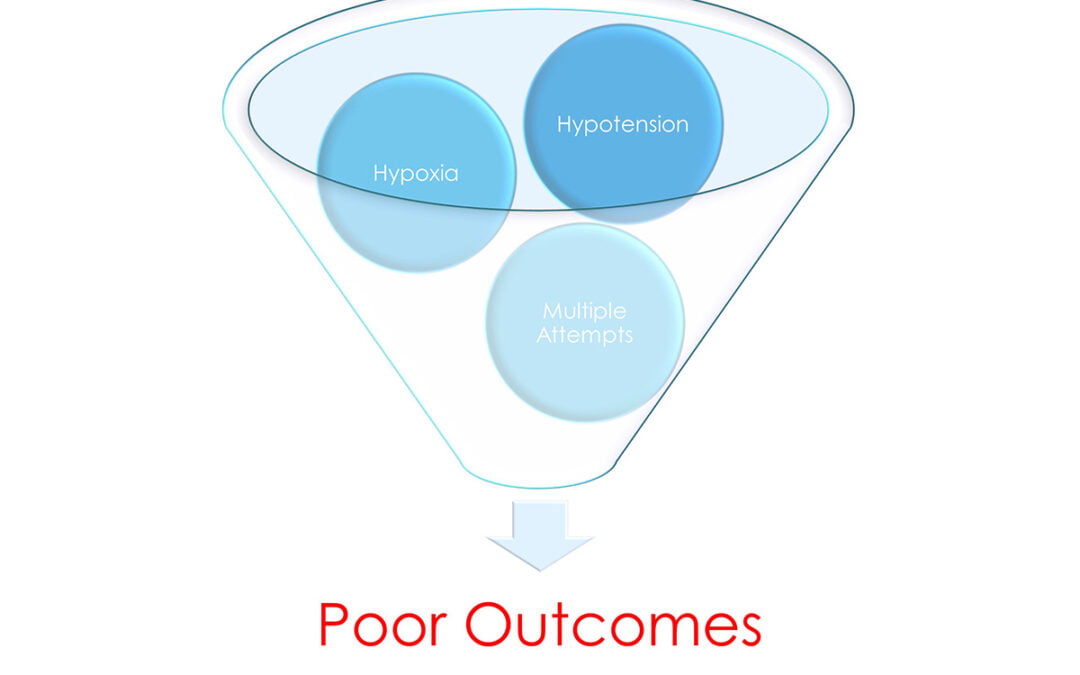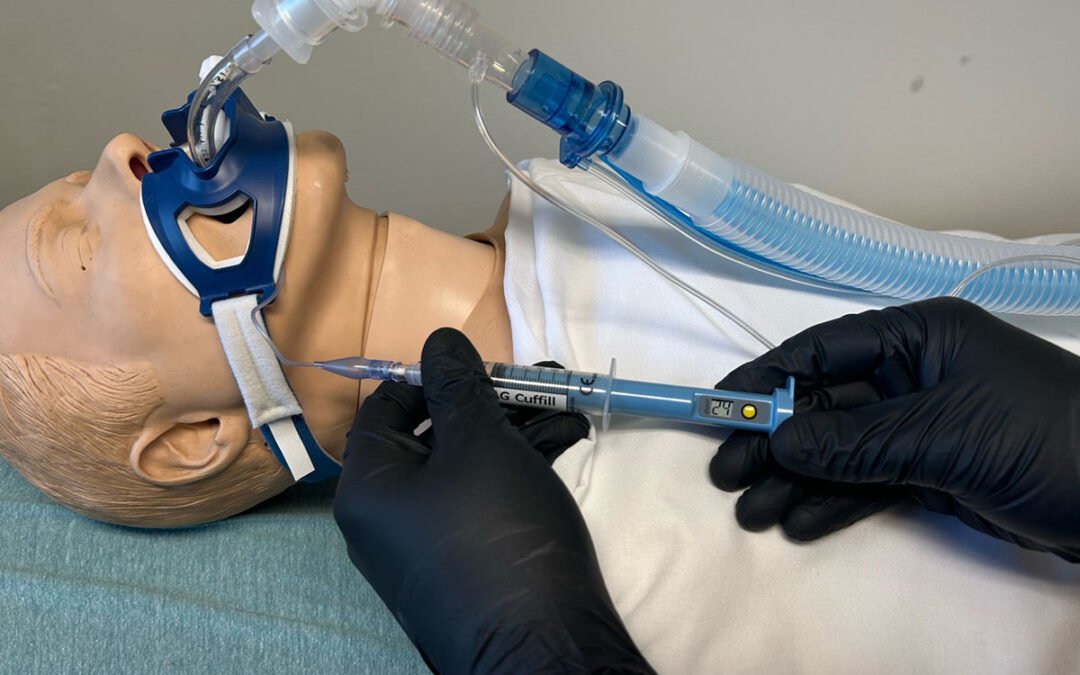
Trauma Airway Management: The Stuff Nightmares Are Made Of (Part 1)
Research indicates hypoxia, hypotension and multiple intubation attempts in airway management greatly contribute to morbidity and mortality.

Research indicates hypoxia, hypotension and multiple intubation attempts in airway management greatly contribute to morbidity and mortality.

Inaccurate cuff pressure can lead to tracheal stenosis, ischemia and pressure ulcers, underlining the need for vigilant monitoring and adjustments.

In the fast-paced world of prehospital emergency medicine, mastering trauma airway management is an indispensable skill for EMTs and paramedics.

When intubating a patient, it is important the EMS provider regulates his or her own breathing.

Here’s why capnography helps EMS providers recognize when patients are transitioning from one status to another.

Here’s why PEEP should be your go-to for desaturating patients or patients needing their SpO2 to rise.

Homeless Health Care Los Angeles sends out trained teams on carts to intervene and stop overdoses in and around Skid Row.

Infants should get a new drug to protect them against a respiratory virus that sends tens of thousands of American children to the hospital each year, heath advisers recommended.

Glen Keating answers some common questions about pediatric patients in respiratory distress.

You are dispatched to a call for a 36-year-old female complaining of chest pain with shortness of breath.
Recent Comments